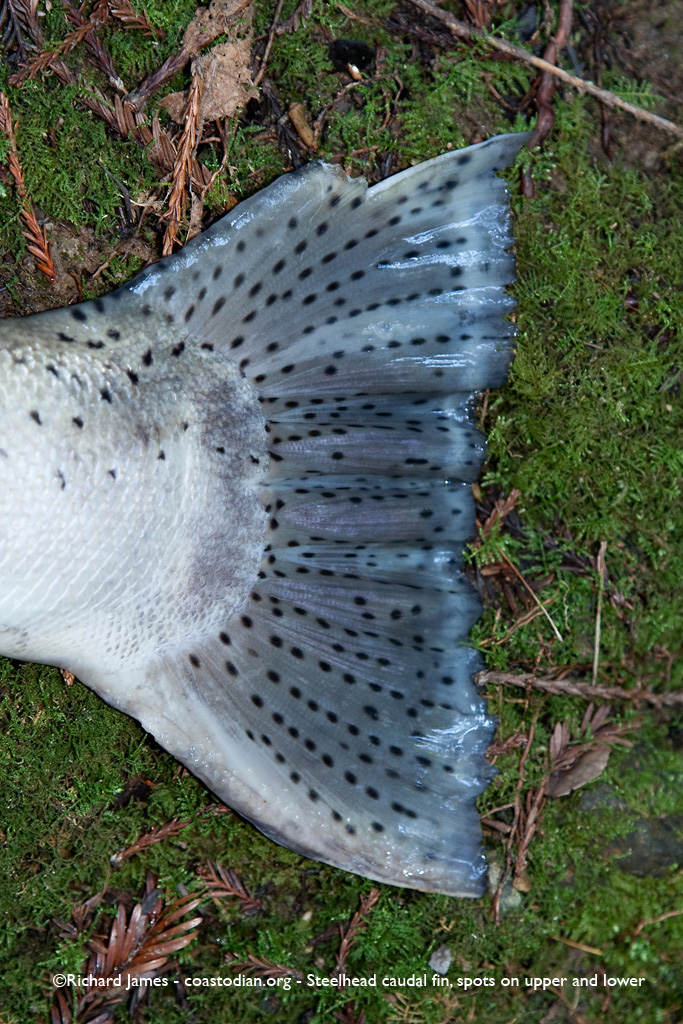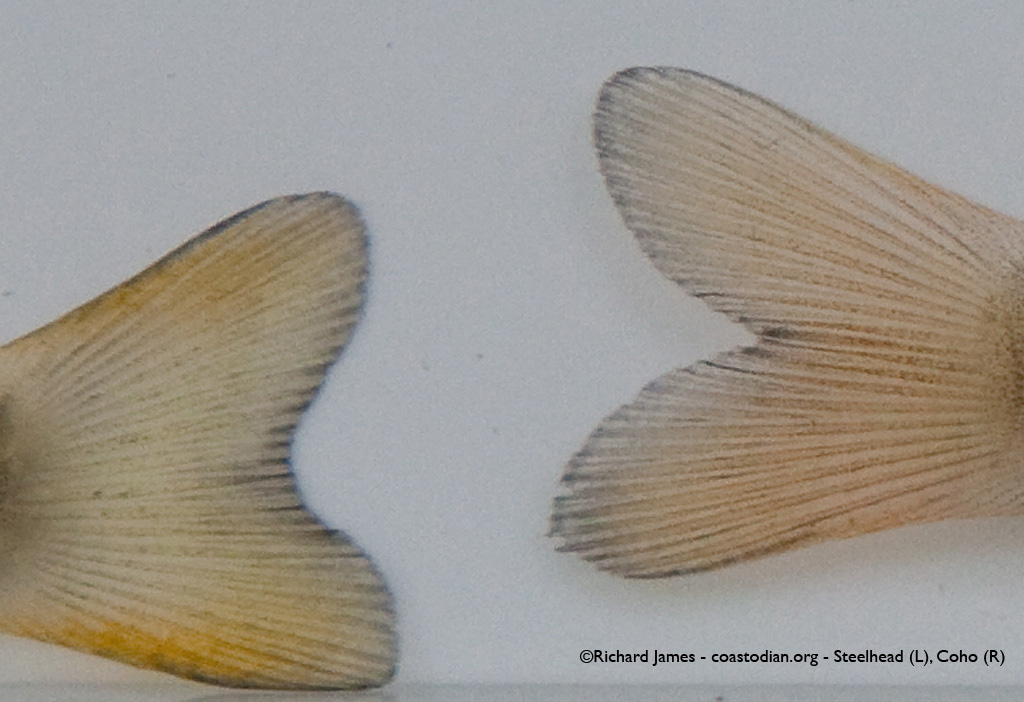Click on the title of this post to read it and see a related header image.
Monitoring, studying and protecting salmon and steelhead are what brought me north to the wild and quirky climes of West Marin. Even before moving here I was observing and recording images of them laying eggs before they die.
–
–
–
–
–
–
–
–
Since moving here I’ve seen firsthand the friction created when humans and their activities express themselves in an ecosystem in which greed has no meaning. An innkeeper from San Geronimo Valley that has for years been moving fish from Sonoma waters to “his” fish pool on San Geronimo Creek. Environmental groups that move fish within a creek system to save them from certain death in drying pools, and possibly from other waters for the same reason. The same enviro-groups’ leader(s) seemingly flaunt the same construction rules they hold creek-side dwellers to with great fervor. (This sort of hypocrisy I have noticed is common in West Marin environmental committees and clubs)
Humans care about how big their house is and what “value” it will have when they go to sell it or transfer it to their offspring.
I do not know if salmon care. I do know the females expend great effort to find and prepare the right spot to place their future offspring’s embryos. A place whose gravel has not been mined or covered with silt from clear-cut forestry or creek-side development and road-cutting. She seeks a place where the riparian foliage is present and will keep the water cool. The same water that has hopefully not been impounded by a dam, or pumped far and wide to nourish alfalfa or other crops in what historically was a desert. The same water that is, water; not tainted with pesticides, herbicides, plastic softening agents or fire-proofing treatment, for example.
We all live in a watershed. Everywhere the rain soaks into the ground, attempting to find the nearest creek or river so it can return to the sea and someday fall as rain once again. Those that live nearest, or on the creek often complain of the rules being adopted to attempt to slow the decades of damage humans have wrought upon the arteries of the land.
Those closest to the banks most directly enjoy the benefits of a healthy creek. The same that can most directly damage that same creek with ignorant practices. I wonder if the rare and gravid female coho, struggling upstream looking for just the right sized cobbles, the cold, unpolluted water, the woody debris for her and her spawn to hide under, has any sense of what “property values” are?
Put another way, How does the value of property compare to the value of not going extinct?
Surely we can live simply and within the carrying capacity of this fragile planet so that we are not the last to enjoy her diverse beauty.
–
–
–
–
From 2004 through 2010 I assisted the NPS with monitoring of all phases of the salmonid attempt to escape extinction. I learned a great deal about the life-cycle of these gorgeous creatures as I labored alongside a number of gifted and determined professionals.
–
–
–
–
–
–
–
–
–
–
Below are a variety of video clips I have gathered. The first clip is some of the finest spawning footage I have recorded so far and was shown in a previous post. The rest are from previous years. I also include a clip showing rainbow/golden trout hybrids spawning on a high elevation (~11,000 ft ASL) lake in Kings Canyon National Park.
–
–
–
–
I hope you enjoy the fruits of my years of enjoying these fish firsthand. I also hope after watching them in action you’ll be inspired to contribute to their survival so that those that come after us can see and enjoy the offspring of these fish.
–
–
Coho below Peters dam at Leo T. Cronin viewing pools – 9 December, 2012
–
–
https://youtu.be/5ABPFPhkMFo
Coho on Lagunitas Creek, Samuel P. Taylor Park – 10 December, 2010
–
–
https://youtu.be/XYS0uKuUSSI
Coho on Lagunitas Creek, Samuel P. Taylor Park – 10 December, 2010
–
–
https://youtu.be/i6q_49k_qO8
Coho below Peters dam at Leo T. Cronin viewing pools – 10 December, 2009
–
–
https://youtu.be/YGSJ_yIlVdI
Coho on Lagunitas Creek below the inkwells – 14 December, 2009
–
–
https://youtu.be/BGiaWKmHd9Q
Coho below Peters dam at Leo T. Cronin viewing pools – 6 December, 2005
–
–
Rainbow trout and golden x rainbow hybrids spawning on lake at 11,000ft. in Kings Canyon National Park – 9 July, 2009
–
–
–
–












